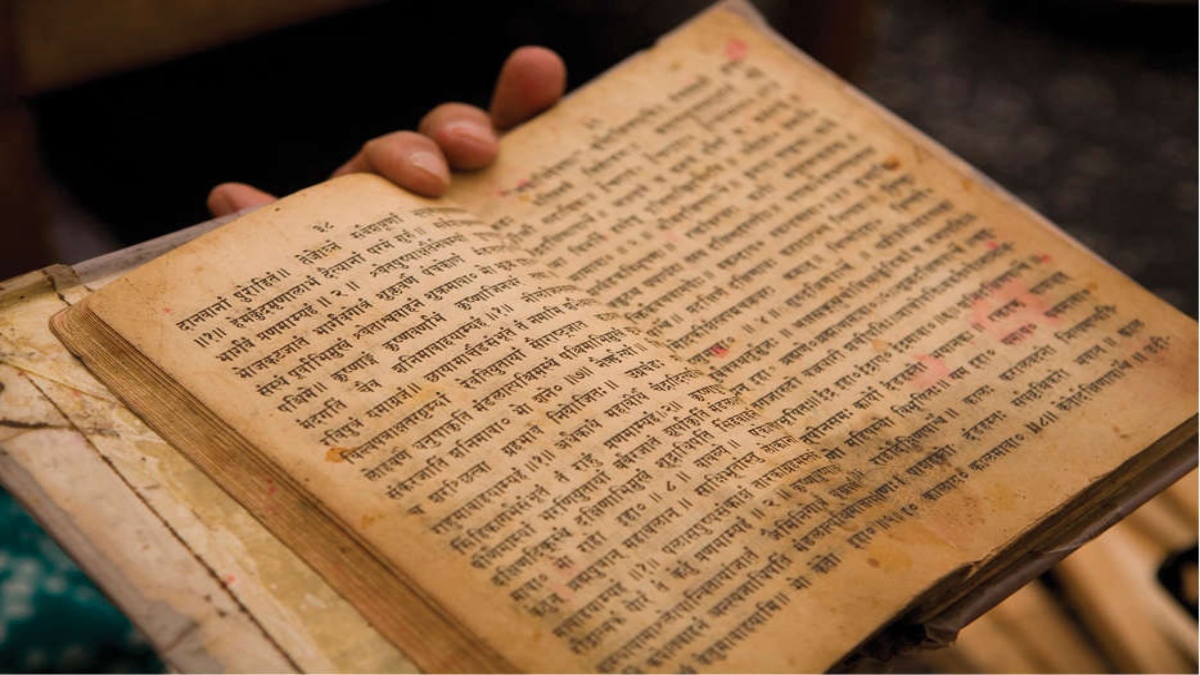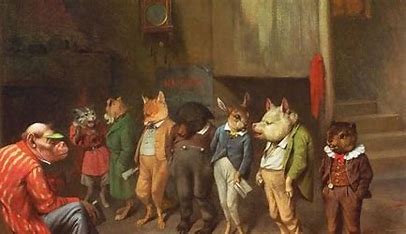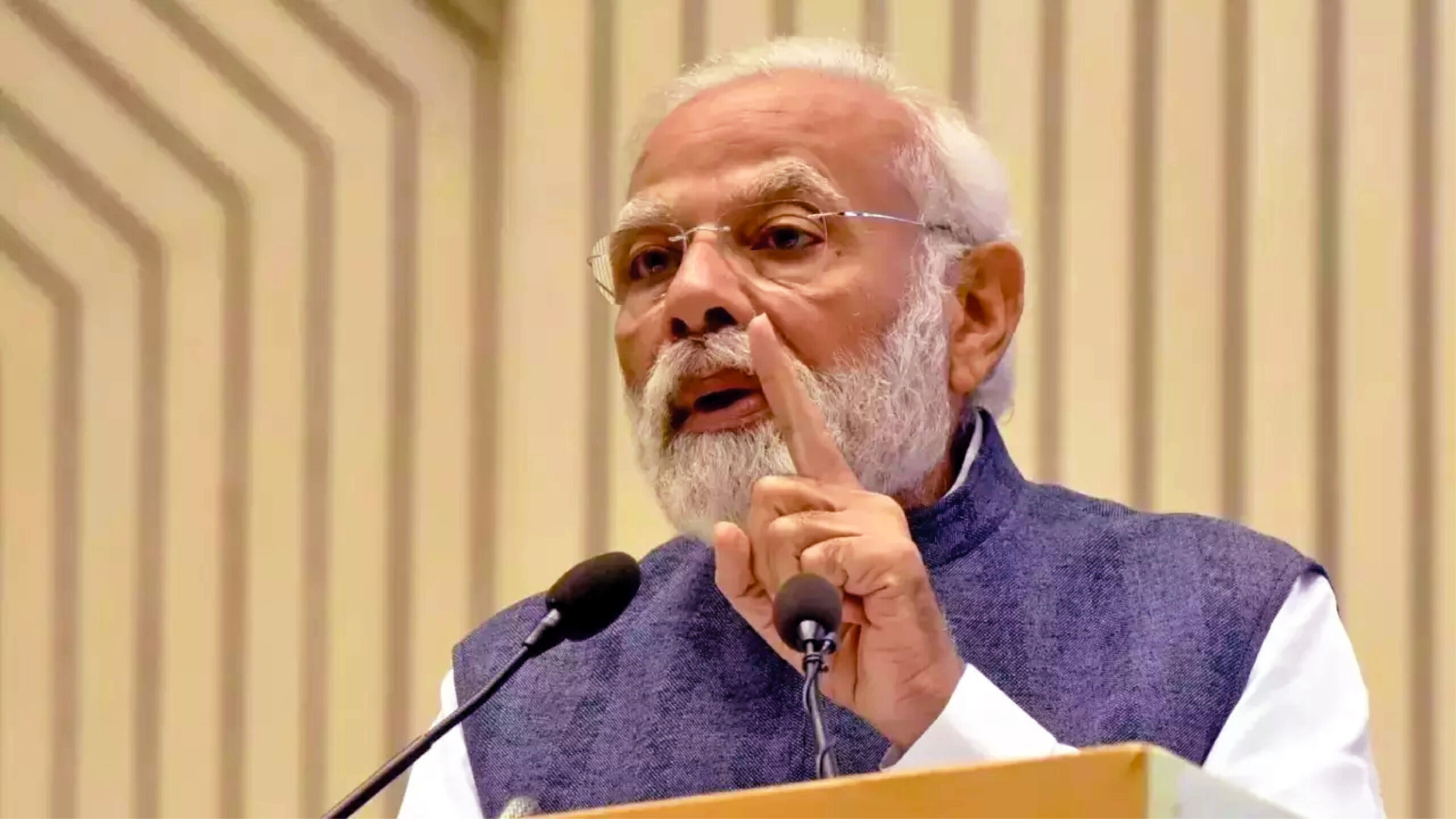
Members of both the Hindu and the academic community have expressed deep distress at the ad hominem nature of the attacks levelled on or by the members of the two communities. The Hindu community wonders if the academic community can ever evoke Hinduism without condescension and the academic community wonders if the Hindu community can evoke Hinduism without sentimentality.
The concept of genetic fallacy provides us with the intellectual basis for dispensing with ad hominem attacks. Philosophers have long insisted that the falsity or validity of a proposition can only be determined by examining the proposition on its own merits, irrespective of the source. One philosopher offers the following telling, if homespun, illustration of the genetic fallacy: the theory of relativity (either special or general) is false because Einstein was not a good husband. Character assassination can kill the person (metaphorically speaking) but not the proposition.
This is not to say that a person’s background has no bearing on the discussion, for, after all, an expert’s statement may not always be treated the same way as that of one who is not. But such background only affects the credibility of the proposition, not its truth or falsity. After all, experts can also commit mistakes.
Thus both communities might wish to steer clear of the genetic fallacy. The controversy under discussion has generated much heat. But where there is heat there is also the possibility of light.
THE OBSERVER EFFECT
The Observer Effect refers to the phenomenon of what is observed being changed by the mere fact of being observed by the observer. This is a well-known principle in modern physics. In order for an electron to be observed, it has to interact with a photon but as a result of this, the path of the electron is invariably altered. A more homespun example of this is provided by the example of measuring the pressure of one’s tire. Some air has to be released in order for the pressure to be measured which means that the amount of air in that tire has been affected in the very process of trying to measure it.
If we apply this principle to the study of religion, then it leads to the suggestion that students of religion may affect religion in the very process of studying it. This principle provides a basis for examining the fear of the Hindus that Western scholars may be altering Hinduism in the very process of studying it, and that the change thus brought about is not for the better. For instance, the pious follower of Vira-saivism, or indeed even of other forms of Śsaivism, might begin to feel that some Western scholars, by proposing that the siva-linga is phallic in nature, maybe importing this ‘phallacy’ into Hinduism. Similarly, this principle also provides a basis for examining the fear of Western scholars that the Hindu community, by the very fact of placing them under the lens of observation, may be compromising genuine scholarship. This would be the case, for instance, if Western scholars started practising self-censorship for fear of arousing the wrath of the Hindu community by their writings. The operation of this principle may be unavoidable in a globalised world but it is good to be aware of it.
THE DISTINCTION BETWEEN ACADEMIC AND POLEMICAL WORK
I think we need to distinguish clearly between an academic book or article and a polemical one. An academic book or article aims at investigating an issue in a detached and even-handed manner and ideally presents as much evidence as possible, and as many perspectives as possible, which can be brought to bear on an issue, before offering a conclusion of its own. The aim of a polemical book or article is different. It is to provoke a discussion of the issue rather than analyse the issue in this way.
The criteria for judging a book or article will differ, depending on whether the book or article claims to be an academic work or a polemical work. An academic book or article will have to be judged on the basis of what could be called pramana and siddhanta. The criterion of pramana or evidence, addresses the issue of whether the relevant evidence has been presented or not. The criterion of siddhanta addresses the question of whether sound conclusions have been drawn on the basis of the evidence adduced. A polemical book or article, however, does not aim to address the controversy in a sober manner; it wants to start a discussion in a provocative manner. It might be wise here to distinguish between two points. One, whether a book or article claims to be an academic one and two, whether it deals with academic matters, but sets out to be polemical rather than academic work. The fact that it merely deals with academic matters does mean that it must be considered an academic book or article.
Books or articles by members of the faith community could be challenged on the ground that the author is not an academic in the same sense that a scholar is because the author is not formally an Indologist. While the point of whether the author could be considered academic or not may be disputed, the author’s right to challenge scholars as the practitioner of a particular religious tradition is far more difficult to call into question. Who can prevent the author from exercising her own “freedom of expression,” as enshrined in human rights discourse, a category much broader than that of “academic freedom”?
THE IDEA OF PURVAPAKSA
The idea embodied in this word is usually used in Indian intellectual discourse to describe the initial position which needs to be refuted before the main thesis can be established. One begins with the objections that could be raised against the intellectual effort being undertaken, and then proceeds to examine and hopefully answer these objections in order to create the intellectual room for the scholar to present his or her own thesis. The seriousness and thoroughness with which the opponent’s point of view is presented in Hinduism can be quite striking. (Sometimes the positions of the opponents are presented so effectively that the reader begins to wonder how the scholars are going to climb out of the pit they have diligently dug for themselves).
This concept of the purvapaksa may be related to the current issue in the following way. When Western scholars started reconstructing the history of ancient India they treated the traditional account of it as the purvapaksa, as the preliminary position which has to be presented but dismantled. Similarly, modern critics of Western Indology are now using the presentation of Indian history and culture by Western scholars as their purvapaksa.
OBJECTIVITY AS AN ACADEMIC DESIDERATUM
The question of objectivity is often raised in the present context. Western scholarship claims to be “objective” in its depiction of Hindu religion as opposed to the presumably sentimental self-presentation of it by the Hindus. This claim of Western scholarship to objectivity has often been accepted by Indians in the past, especially because distance lends objectivity to perspective and Western scholars are supposed to possess that epistemic distance that ensured it.
Several points, however, have now been raised in this context: 1) It is all right if Indian scholars think that Western scholarship is objective, but can Western scholars claim that they are objective? For then the claim to objectivity itself becomes a subjective claim. 2) Hindus ask: Objectivity is fine but why is objectivity always used against us? Have Western scholars brought similar objectivity to bear either their own culture or religion or on their own scholarship? After all, Western scholars are also located in a particular culture with its own history and presuppositions. 3) If we factor in the issue of motive in the context of objectivity, then we have to ask: what is the objective behind the exercise of objectivity? 4) Can someone be objective at one’s own expense? This question can be asked both by Western scholars and Hindu practitioners. The point is that when we claim objectivity we tend to assume that such objectivity transcends self-interest, but that it does so cannot be taken for granted. 5) However, even if one accepts the validity of the criticisms of objectivity, should it not remain valid as an ideal?
Then one should pursue one’s academic interest with a certain detachment so that one is guided by facts rather than by one’s presuppositions, or by popular but erroneous beliefs, which remains a commendable idea. Even if postmodern discourse insists that such objectivity is not possible, it can still remain an ideal to pursue. But need objectivity be the sole goal of scholarship? For instance, should we not assign some role to sensitivity as a competing or even an allied value? Something extremely significant is involved in the question. Objectivity is the ideal par excellence of scientific investigation. But science as such deals with physical objects. And this might be the right moment to discern a relationship between its claim to objectivity and the fact that it deals with objects. The objects it typically deals with are inanimate objects. And even when it deals with an animate object such as a human body, it treats the body virtually as an inanimate object, with the body seen as being made up of limbs just as a machine is made up of parts.
Because the object is inanimate or treated as inanimate, the object itself provides no input to the scientist. The scientist measures, analyses, and dissects the object but the object has no voice in this procedure. And this makes sense because the inanimate object is not self-conscious. When we come to Humanities, however, our very object of investigation is a “subject” possessing a self, something which possesses self-consciousness. To provide a crude example: if I want to acquire knowledge of a stone I can weigh the stone, I can dissolve the stone, I can subject it to chemical processes without having to take the stone’s self-consciousness into account because it apparently has none. If, however, we want to acquire full knowledge of a human being, then can we do so by merely checking the person’s height, weight, wardrobe size, and so on? In order to know a person, we would have to know the person as a conscious being.
If we assume that the goal of knowledge is to acquire full knowledge about whatever is being investigated, then mere objective knowledge can provide accurate and adequate knowledge of physical objects. If, however, we also want to acquire full knowledge of something which is not just an object but possesses self-consciousness, then our very claim that we are acquiring accurate and adequate knowledge of that “thing” requires that we take the “thing’s” self-consciousness into account. If we do not do so then we are bound to fail in accomplishing our purpose.
Thus we run into the paradox that in order to acquire “objective knowledge” in Humanities we must include the subjective dimension of those whose knowledge is being sought in order to be objective. And now we come to the really interesting point that not only has the consciousness of what is being observed to be taken into account, we may also have to take into account the consciousness of those who are making the observation, which is hardly a consideration in the physical sciences.
ACTOR AND SPECTATOR
I started out by pointing out how fraught the role of someone like me is in this context, as one who is both a Hindu and an academic. I would like to examine the role of people like me further as I try to bring matters to a conclusion.
There are two ways in which one may view a religious tradition. One is as an actor, that is to say, as a person who is actually a part of the tradition, the kind of person we usually refer to as an insider. The other is as a spectator, that is to say, as someone who looks at the tradition from the outside and is therefore usually called an outsider. A person who is a scholar of one’s own tradition is in the position of being able to be both, an actor and a spectator, depending on the situation. This realisation tends to narrow the distinction between the insider and the outsider, as it creates room for the same person playing the two roles, thereby preventing any invariable association of the actor with the insider and of the spectator with the outsider with a distinct individual. What makes the position of the scholar-participant particularly interesting is that such a person can both be critical of one’s tradition in a certain context and can also defend it in another, thus combining the analysis of the outsider with the advocacy of the insider in fertile tension.
It also highlights the fact that just as the insider can be both an actor, an active participant of a tradition, as well as spectator, an observer to one’s tradition, an outsider also need not remain just a spectator but may also assume, through empathy, the role of an actor. Thus being an insider and an outsider no longer involves being different persons, it only involves the adoption of a different persona. This could be one way of challenging Levi-Strauss’s claim that “no common analysis of religion can be given by a believer and a non-believer, and from this point of view, the type of approach known as ‘Religious Phenomenology’ should be dismissed.” (Claude Levi-Strauss, “The Bear and the Barber” in William Lessa and Evon Z. Vogt, eds., Reader in Comparative Religion (New York/London: Harper and Row, 1965) p. 297).
But why are we spending so much time in negotiating the difference that has arisen between the academic community and the faith community, or between the outsiders and insiders to a tradition? Why should each of the two parties not be content with dismissing the other out of hand? Why should they enter into a dialogue with each other, or we into a dialogue with them?
I think the answer has to be that we cannot do so because both the insiders and the outsiders see the truth and true knowledge perhaps arises at the point of intersection between these perspectives. It takes two to Tango but without the two there would be no dance.
(Last part of the two-part series.)
The writer is the Birks Professor of Comparative Religion at the McGill University in Montréal, Canada. He is also associated with the Nalanda University in India. The views expressed are personal.















